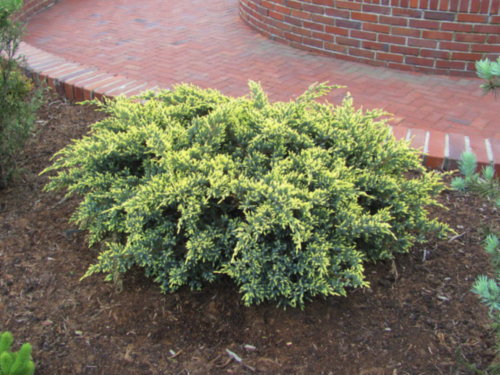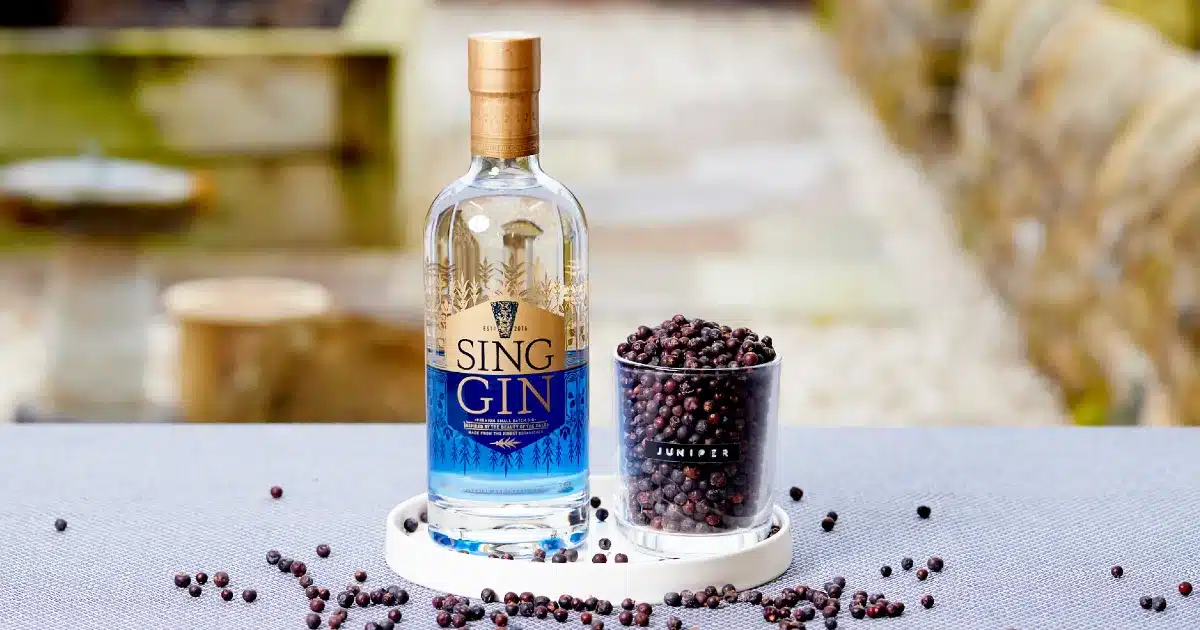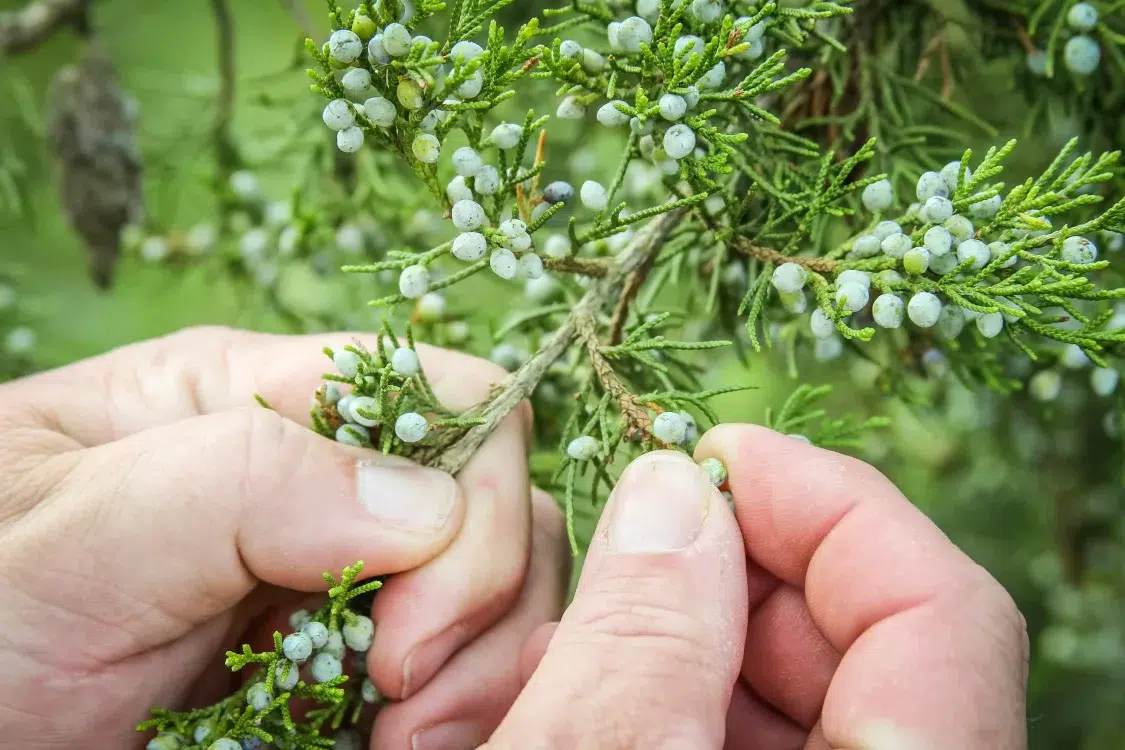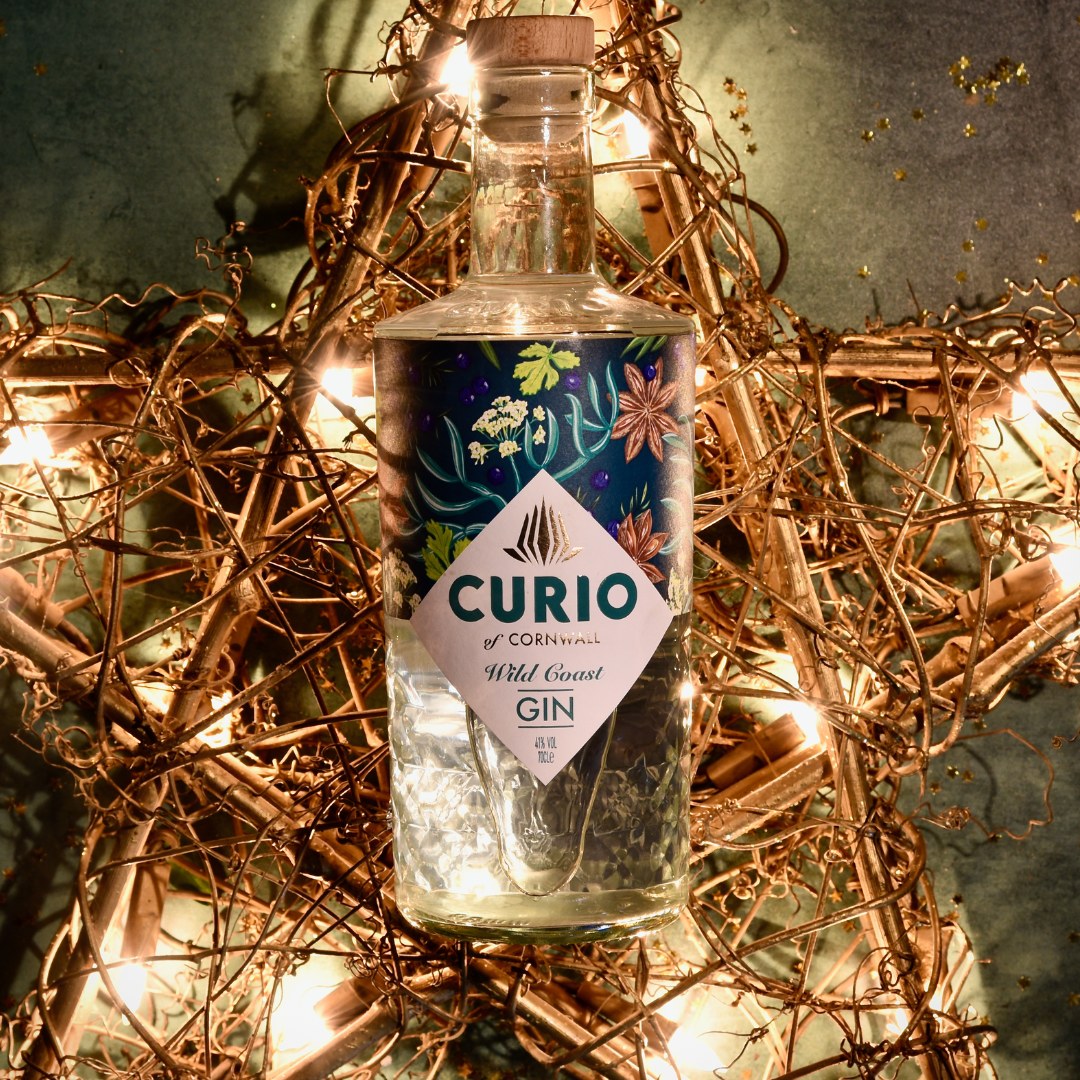
Juniper Quality Gin Botanical very much used
Juniper important in Gin Distilling write by law### Juniper Quality Gin: The Essential Botanical in Distillation In the world of gin distilling, one botanical stands out as the cornerstone of the spirit: juniper. This tiny, aromatic berry is not only crucial for flavor but also legally mandated in the production of gin by various regulations. Understanding the significance of juniper in gin distilling is essential for both producers and consumers alike, as it shapes the character

Juniper Quality Gin Botanical very much used
About Juniper Bush or Trees
Junipers are indeed small evergreen trees or bushes. They are actually members of the cypress family but some of the species are also called red cedars. There are about 30 species of juniper and they are all native to the Northern Hemisphere, where they are widespread all over Europe, Asia, Japan, Alaska, Canada, Greenland, and the United States. You can find them in the Appalachians, Utah, California, Arizona, and New Mexico.
Unlike their larger evergreen cousins, most junipers don’t get taller than 30 feet. However, some of them can grow up to 90 feet.
You will recognize a juniper by its short trunk with reddish-brown bark that looks very crackly. The leaves are like short and tough like needles but with a more forked shape and can be grayish green or bluish green.
The leaves smell like cedar, lemons, apples, or incense when crushed. Junipers are unique in that they are dioecious. This means they are individual plants are either male or female but not both and flower differently.
The fruit they produce are small green berries. They are technically cones whose lobes are too smooth and tight to be seen. These turn dark blue when ripe and give 3-6 seeds.
Junipers can be found almost anywhere. They have the largest range of any woody plant in the whole world. This is because they can tolerate acid and alkaline soils, sandy or clay soils, rocky hillsides, prairies and abandoned farmland.

Juniper Incense
Here is where it gets interesting. My friend noticed the smell but didn’t immediately connect it with her plant. This was because it smelled so much like the incense she was used to smelling at church.
She assumed it was left on her clothing. Then she was prompted to do some digging when she realized the juniper branches smelled so good.
What she found out was that incense – at least the incense traditionally used for spiritual ceremonies – is just burning evergreen resin. The sap collected from various types of pine trees can be burned. It gives off a very fragrant smoke that native peoples used for probably hundreds of years in North America.
The knowledge of incense burning was lost with them, in large part. However, the trees traditionally used for collecting resin to burn for incense are White Pine, Jack Pine, Red Pine, Blue Spruce and Norway Spruce. Juniper – or Red Cedar – is one of the trees that produce very little resin, making it more difficult to harvest. However, the berries can be burned and produce a lovely, cedar smell.

Juniper’s Healing Properties
There is quite a bit known still about juniper’s uses as food and as medicine. Juniper berries are most famous for flavoring gin. In fact, they have been used this way for 300 years. The word gin is from the Dutch word for Juniper “geniver.” They can be used to flavor other food – either fresh or in dried form, from game to soups. Juniper berries impart and spicy and earthy flavor.
American Indian tribes used juniper in tinctures for vomiting, arthritis, and coughing by steeping the leaves in boiling water. Women in labor drank juniper tea to speed delivery, as it can cause muscle contractions.
It has also been used as a general tonic to cure colds, fevers, tonsillitis, pneumonia, constipation, infections, arthritis, wounds, congestive heart failure, gonorrhea, urinary tract infections, gas, indigestion, warts, bronchitis, tuberculosis, gallstones, colic, heart failure, intestinal disease, gout, and back pain.
This is all because Juniper has diuretic, antiseptic, stomachic, antimicrobial, anti-inflammatory and anti-rheumatic properties because of a volatile oil found in the berries. It contains terpenes, flavonoid glycosides, tannins, sugar, tar, and resin.
The diuretic compound in the oil can stimulate the kidneys and increase their effectiveness. The flavonoid and amentoflavone have antiviral properties. The resins and tars have been shown to be an effective treatment for skin conditions like psoriasis. It has anti-inflammatory properties. This makes it effective in treating arthritis and other inflammatory diseases, as well as settling the stomach and relieving gas.

Consult a Modern Herbalist
Before trying to use juniper on yourself, you want to consult with a modern herbalist first. Because of its diuretic properties, and the possibility of it interacting with any drug, this isn’t an herb you should use without direction. It’s possible to take too much of it. However, it has been used to treat a wide variety of health problems, as you can see. Juniper should not be used by pregnant or lactating women.
The flavours of a gin come from its botanicals (that’s the herbs, seeds, flowers, plants or spices added during production), and, crucially, all gins must contain juniper. In fact, the predominant flavour in gin must be juniper, otherwise the drink can’t be defined as gin, by law.
All About Juniper Berries: a Very Tasty Spice
February 8, 2017 By Ellen

If you’ve ever tasted gin, you know what juniper berries taste like. The flavor is sometimes described as citrusy and evergreen, sometimes as reminiscent of rosemary. Juniper fruit has both bitter and sweet overtones. It’s complex, and useful for flavoring much more than gin.
Technically, juniper berries are cones, but they’re soft, fleshy cones, rather than the more familiar, hard, spiky cones. Since this isn’t a botany class, let’s just call them berries for the sake of conversation.
The fruit of common juniper (Juniperus communis) is generally considered to be the most flavorful juniper berry, but J. virginiana (eastern red cedar) also produces tasty, edible berries. These are the two most common species in the U.S.

Juniper fruit takes about two years to ripen, so it’s not unusual to find both green (unripe) and purple/blue (ripe) fruit on the tree at the same time. And while a ripe fruit makes an excellent trail nibble, an unripe fruit is intensely bitter and unpleasant. I use them to make cocktail bitters, but not for eating out of hand.
You can buy dried juniper berries in the spice section of a good market, but it’s so easy to harvest your own, you’d be crazy not to give it a try. Plus, who knows how long those store-bought berries have been sitting on the shelf? When you forage for your own juniper, you’ll know exactly how fresh and flavorful they are.
The flavor of fresh juniper fruit is juicy and complex. Dried berries aren’t juicy, but they are spicy and enticing. Fresh or dry, juniper berries have a strong flavor, so use them in moderation. Just a few berries, coarsely ground in a mortar with a pestle, are enough to flavor an entire batch of sauerkraut. They also make a great glaze for cookies and a super-simple fermented beverage called smreka.

I’m often asked if juniper berries are safe to eat, and there’s some controversy about this subject. If eaten in huge quantities over an extended period of time, juniper berries may be toxic. But don’t let this alarm you unnecessarily.
The same can be said of other common cooking spices. For example, consuming large quantities of cassia cinnamon gives you too much coumarin, which may harm your liver and kidneys. But no one warns you not to bake with cinnamon. Because the amount we use in baking is generally safe. In the same way, using most juniper berries as a flavoring in dry rubs and marinades is perfectly safe, unless you have a specific allergy.
There is one juniper (Juniperus sabina) that may be dangerous when eaten, but scientific literature on the subject is frustratingly incomplete. Studies have been made of both the bark and essential oil of J. sabina. The amount of essential oil estimated as harmful to humans is approximately one gram.

Unfortunately, this doesn’t take body weight into account and that is clearly relevant. One gram of a chemical constituent is going to have a different effect on a 200 pound man than it will on a 70 pound child. But even if we accept the one gram figure, this is considerably more essential oil than you would get in a few berries. And humans aren’t grazing on juniper bark the way livestock is.
An FDA abstract says that the fruit of J. sabina has high concentrations of several potentially dangerous phytochemicals, but is inconclusive. Here’s how it ends: “The quantity of toxic ingredients, sabinene and sabinol, in gin were unknown. Neither was anything known concerning their toxicity to man. In fact, no formal studies had ever been carried out on the chronic toxicity of these materials.”
J. sabina isn’t native to this country (although it may be sold as an ornamental), so in the United States you’re more likely to come across safe junipers like J. virginiana and J. communis if you’re foraging in the wild. I feel completely safe using the fruit of both of these plants in moderation. You, dear reader, will have to decide for yourself what you feel comfortable with. I hope you’ll taste a fruit before you decide.

List of Different Types of Juniper Trees
With research still in progress, the actual number of species belonging to the genus Juniperus is not clear. Junipers are classified into two sections, which include Juniperus and Sabina. The section Juniperus, divided into several sub-sections, consists of needle-leaf junipers with the adult leaves arranged in groups of three while being fixed to the base. The section Sabina, on the other hand, includes scale-leaf junipers with the adult leaves arranged in groups of three or opposite pairs.

Section Juniperus
- Sub-section Juniperus
- Common juniper (Juniperus communis)
- Shore juniper (Juniperus conferta)
- Temple juniper (Juniperus rigida)
- Sub-section Oxycedrus
- Azores juniper (Juniperus brevifolia)
- Canary Islands juniper (Juniperus cedrus)
- Eastern prickly juniper (Juniperus deltoides)
- Chinese prickly juniper (Juniperus formosana)
- Ryukyu juniper (Juniperus lutchuensis)
- Portuguese prickly juniper (Juniperus navicularis)
- Western prickly juniper (Juniperus oxycedrus)
- Large-berry juniper (Juniperus macrocarpa)
- Sub-section Caryocedrus
- Syrian juniper (Juniperus drupacea)

Oblonga Pendula
Section Sabina
- Old World species
- Chinese juniper (Juniperus chinenis)
- Mekong juniper (Juniperus convallium)
- Greek juniper (Juniperus excelsa)
- Stinking juniper (Juniperus foetidissima)
- Black juniper (Juniperus indica)
- Komarov’s juniper (Juniperus komarovii)
- Phoenicean juniper (Juniperus phoenicea)
- Ping juniper (Juniperus pingii)
- East African juniper (Juniperus procera)
- Ibuki juniper (Juniperus procumbens)
- Xinjiang juniper (Juniperus pseudosabina)
- Himalayan juniper (Juniperus recurva)
- Savin juniper (Juniperus sabina)
- Sichuan juniper (Juniperus saltuaria)
- Russian juniper (Juniperus semiglobosa)
- Flaky juniper (Juniperus squamata)
- Spanish juniper (Juniperus thurifera)
- Tibetan juniper (Juniperus tibetica)
- Himalayan black juniper (Juniperus wallichiana)

Juniper In Gin: What’s The Story?
With so many types of gins available today, there’s a lot of variety on the market. But there’s one thing that unifies all of us gin distillers, whether our gin is made in a small family-run distillery in the Yorkshire Dales or a mammoth factory in the USA. That’s the fact that all gin must contain juniper – though whether the juniper is a whisper or a whoop in the end flavour is down to each individual distillery.
There are plenty of other variances between different gins – some may have a higher or lower ABV, some gins are made from grain while others, like ours, is made from grapes. Many distillers use different methods to make gin, but despite all of our differences, we all have one thing in common: the famous juniper berry.

Juniper is a botanical that’s used in gin. It’s misleading to call juniper a berry – it’s actually a seed cone with lots of flesh that makes it look a lot like a fruit. A member of the Cupressaceae family, juniper trees or shrubs take three or four years to grow to maturity, then two or three more years before the berries are ready to be harvested.
A single juniper plant will hold berries in every stage of ripeness, so they have to be picked a few times a year.
Juniper provides gin with its sharp, piney and resinous flavour that carries a hint of citrus.
In addition to juniper, we use a blend of six other premium botanicals in Gin for a tantalising freshness.

The common juniper plant is native to the UK and most of continental Europe, and is found growing across the northern hemisphere.
Unfortunately, juniper is in short supply in England today due to the loss of wild habitat. The conservation charity Plantlife UK works to save England’s junipers, appealing to the British fondness for gin and tonics as a way to encourage conservation and habitat restoration.
Today most gin producers purchase their juniper from one of the following countries:
- Kosovo
- Bosnia-Herzgovina
- Albania
- Macedonia
- Italy
Albania, Bosnia, and Herzegovina together produce over seven hundred tons of juniper berries per year, and a lot of it is picked in the wild by individuals who sell their harvest to a large spice company. Their method is time consuming: pickers will place a basket or a tarp under a branch, whack it with a stick, and try to dislodge only the ripe, dark blue berries while leaving younger, green fruit alone. Once picked, the juniper is spread out in a cool, dark place to dry. Too much sun or heat would cause them to lose their flavourful essential oils, and a damp environment could invite mould.

History of juniper
Common juniper was used for medicinal purposes by the Ancient Romans and Greeks, who used it to treat toothache, headaches and even to aid digestion. They’ve got a point there – there’s nothing like a delicious after-dinner gin cocktail to round off a lovely meal!
During the Black Death in the 14th Century, ‘Plague doctors’ wore masks with long beaks full of juniper berries and other botanicals to mask the unpleasant smells they’d encounter tending the sick. They believed that juniper stopped the spread of the disease. This was somewhat true – the disease was spread by fleas and juniper is an effective, natural flea repellent.
The first instance of juniper used in alcohol production was by Belgian theologian Thomas van Cantimpre, whose 13th Century Liber de Natura Rerum was translated to Dutch by a contemporary, Jacob van Maerlant, in his 1266 work Der Naturen Bloeme. The text recommended boiling juniper berries in rainwater or wine to treat stomach pain. It’s a far cry from gin, but anything that combines juniper and alcohol is a step in the right direction.
The Greek physician Galen, writing in the second century AD, said that juniper berries “cleanse the liver and kidneys, and they evidently thin any thick and viscous juices, and for this reason they are mixed in health medicines.” This suggests that juniper berries were mixed with alcohol back then too, although it would have tasted nothing like the superb gins we drink today.
Juniper berries started appearing in English distillers’ recipes in 1639. By the 1700s, unlicensed gin manufacture was legal in England, and crude rather toxic gin replaced beer as the tipple of choice. This was followed by a period that led to gin gaining the nickname ‘Mother’s ruin‘.

Juniper in gin production
Juniper is always the most dominant flavour in London dry gin. However, some gins embrace the flavour of juniper and corresponding notes of pine and cedar more than others. These gins are typically good all-rounders for mixing a perfect gin and tonic.
In gin production, the ripe, purple berries of juniper are used, either whole or they can be milled or gently crushed to release more oils. At Sing Gin, we prefer to hand-crush our botanicals in a large pestle and mortar. Call us old-fashioned, but gin-making is a labour of love and we like to put the work in!
The juniper used most widely in gin production is Juniper communis, a small tree or shrub that can live for up to two hundred years.
Juniper is typically sold either whole or as crushed or cut berries. It can also be purchased as a powder (more commonly used in baking, food products etc.).
Juniper in Sing Gin
The certified organic juniper used in Sing Gin is responsibly sourced from Italy and they’re suitable for vegans kosher certified. We buy the whole, dried and triple sifted berries of the plant. Rather than use whole juniper berry, we crush it along with our other botanicals by hand at the distillery to achieve the signature strength of flavour and aroma.
Who doesn’t love a gin hamper? The perfect gifts for drinkers of gin, our hampers rise to any occasion – from birthdays to anniversaries, congratulations to new homes, Christmas or just to say thank you. Discover our range of luxury gin hampers here.

Facts about Juniper
In the same way that the botanicals in gin accompany certain foods beautifully, juniper is an ideal ingredient to add to rich gamey dishes containing venison, duck and pheasant.
Juniper also complements pork and lamb, and is excellent when added to dishes such as potato gratin, sauerkraut and pickles. The berries can also be used to make sweet syrups to poach fruit in or to use as a base for a fruit salad. To get the best results, lightly crush juniper berries before adding to a dish to help release their flavour.
Juniper is often used as a garnish for gin.
When storing juniper, keep in mind that it has a shelf life of two years, provided it’s stored in an airtight container in cool, dry conditions away from direct sunlight.








